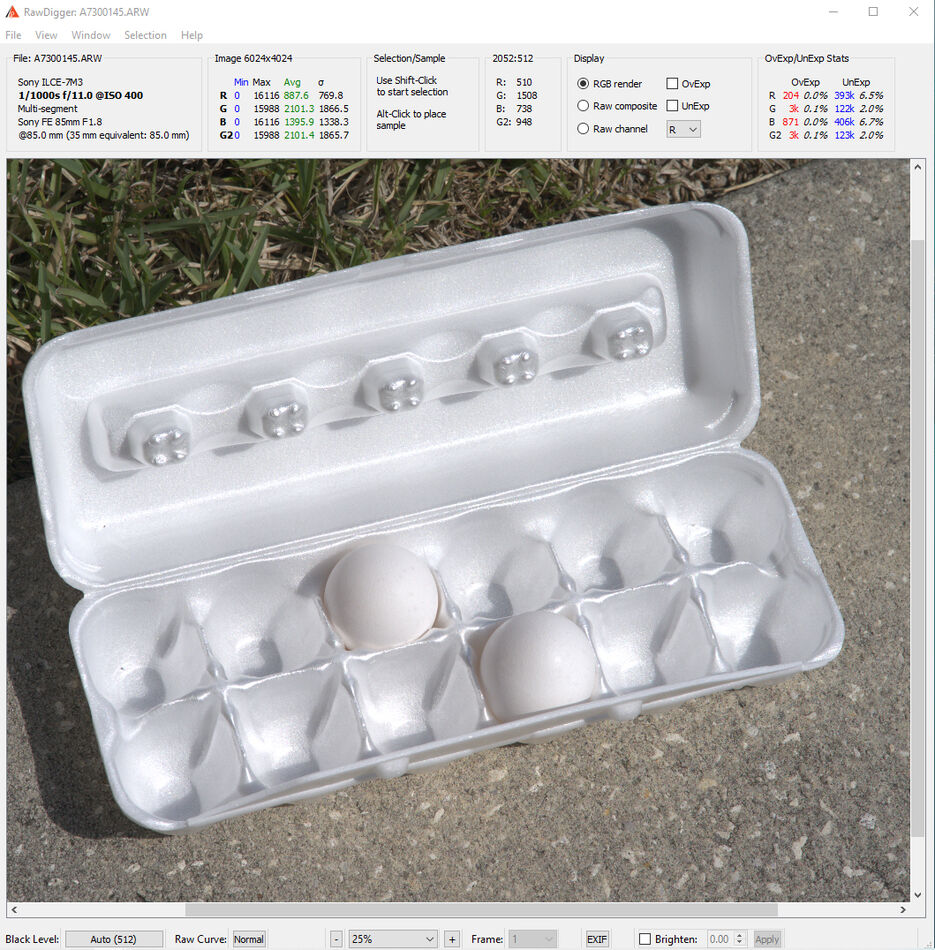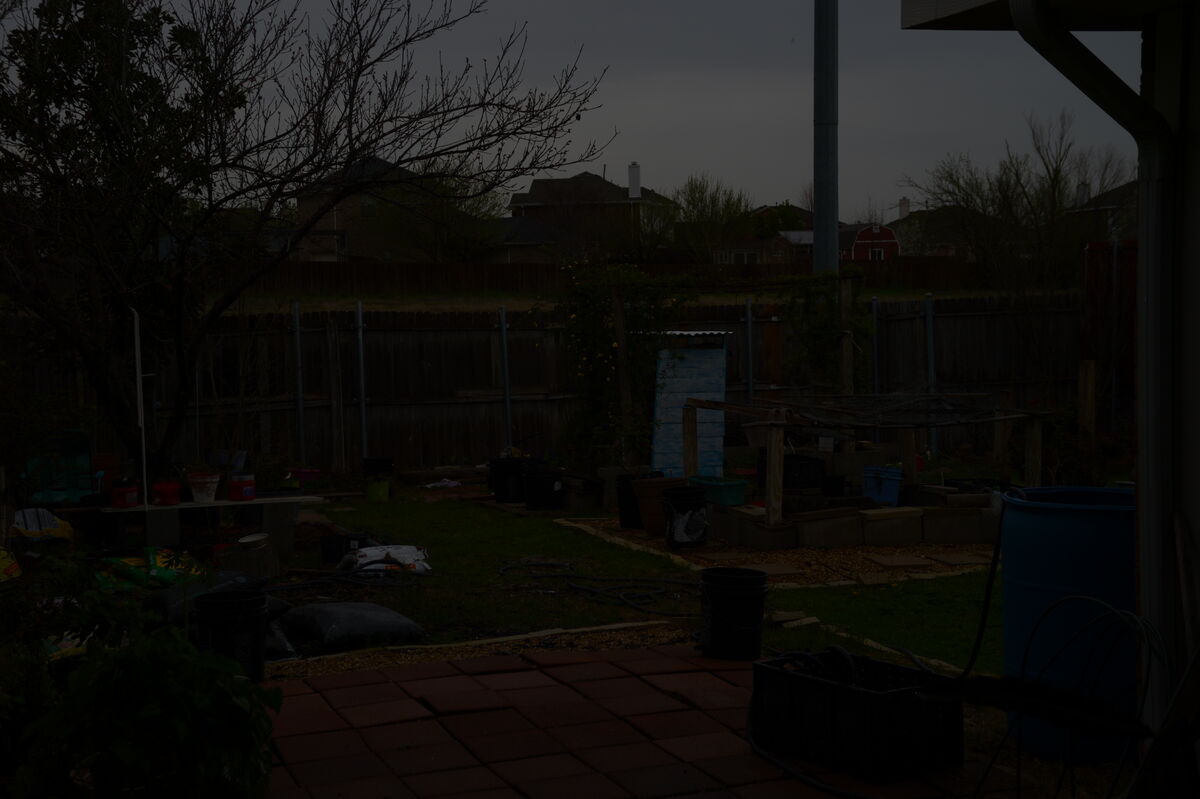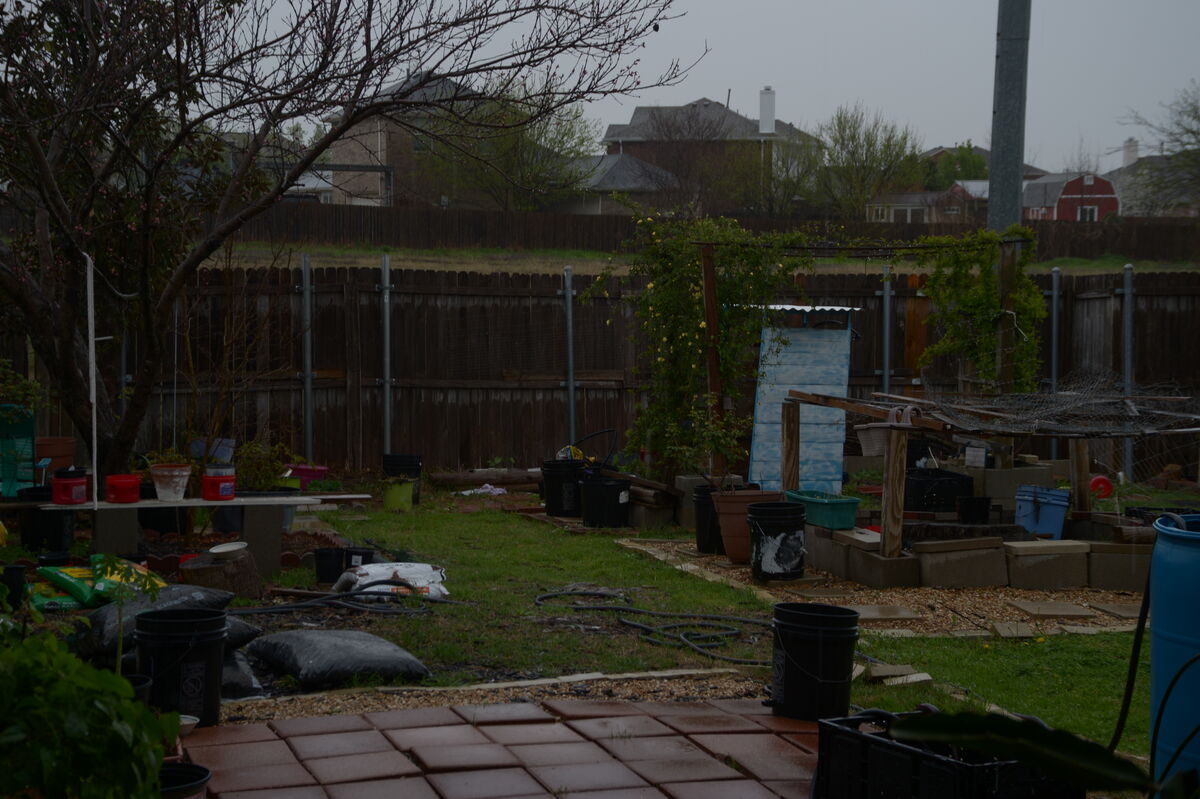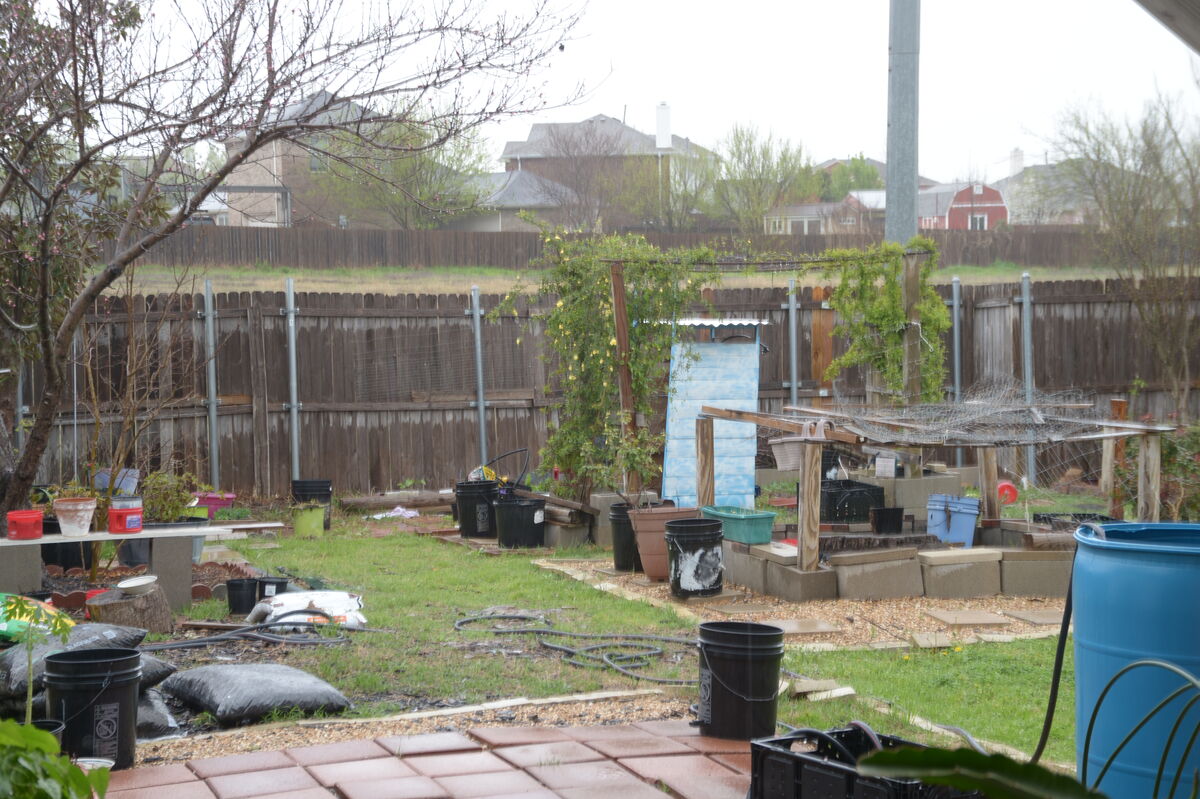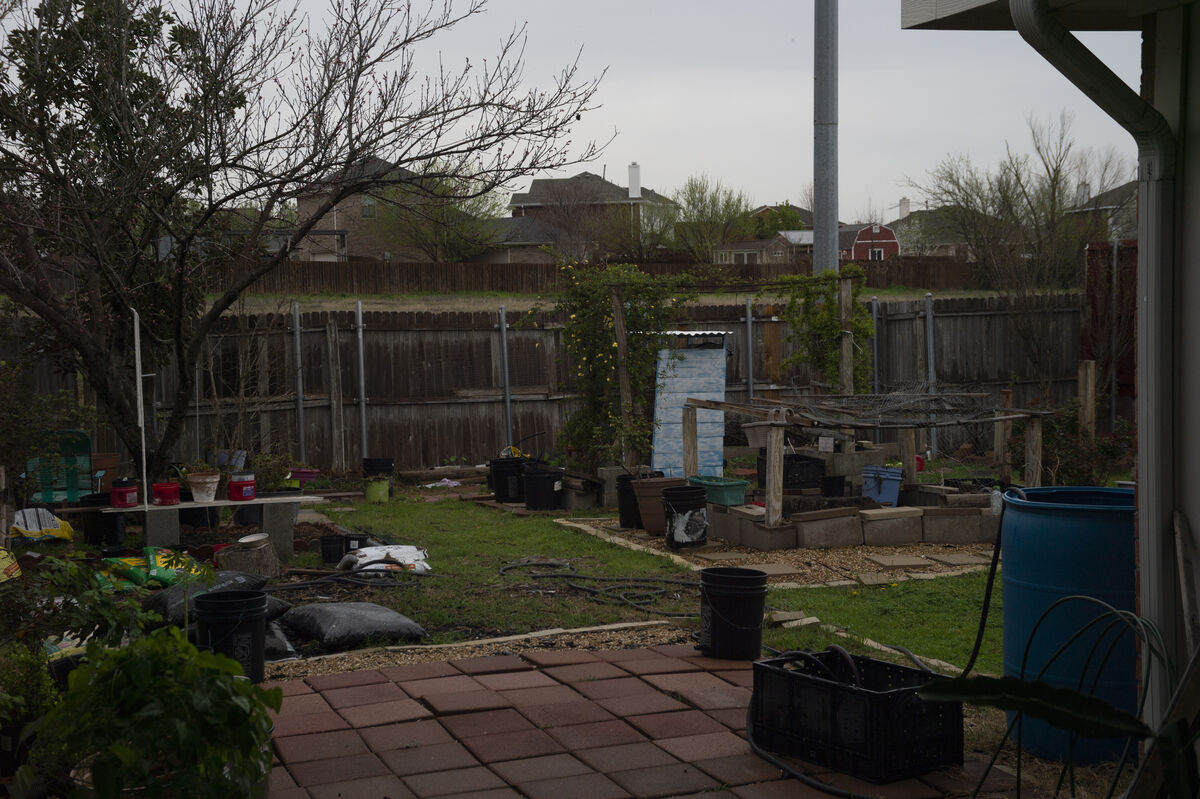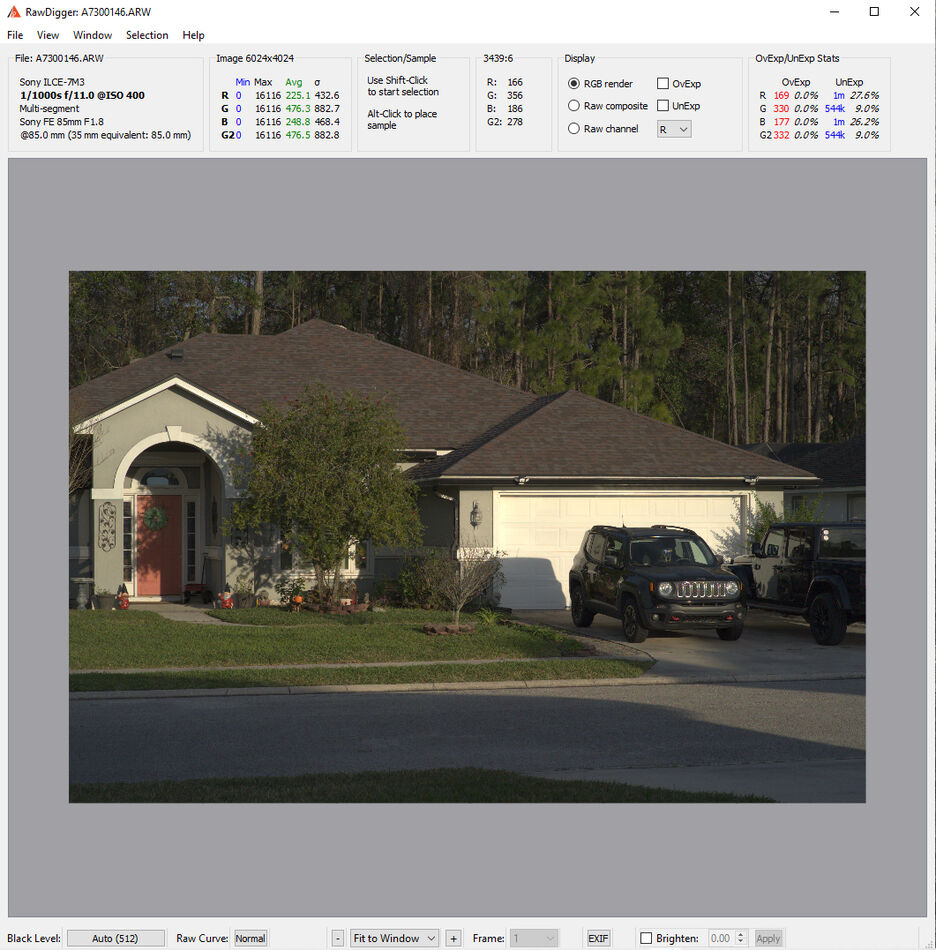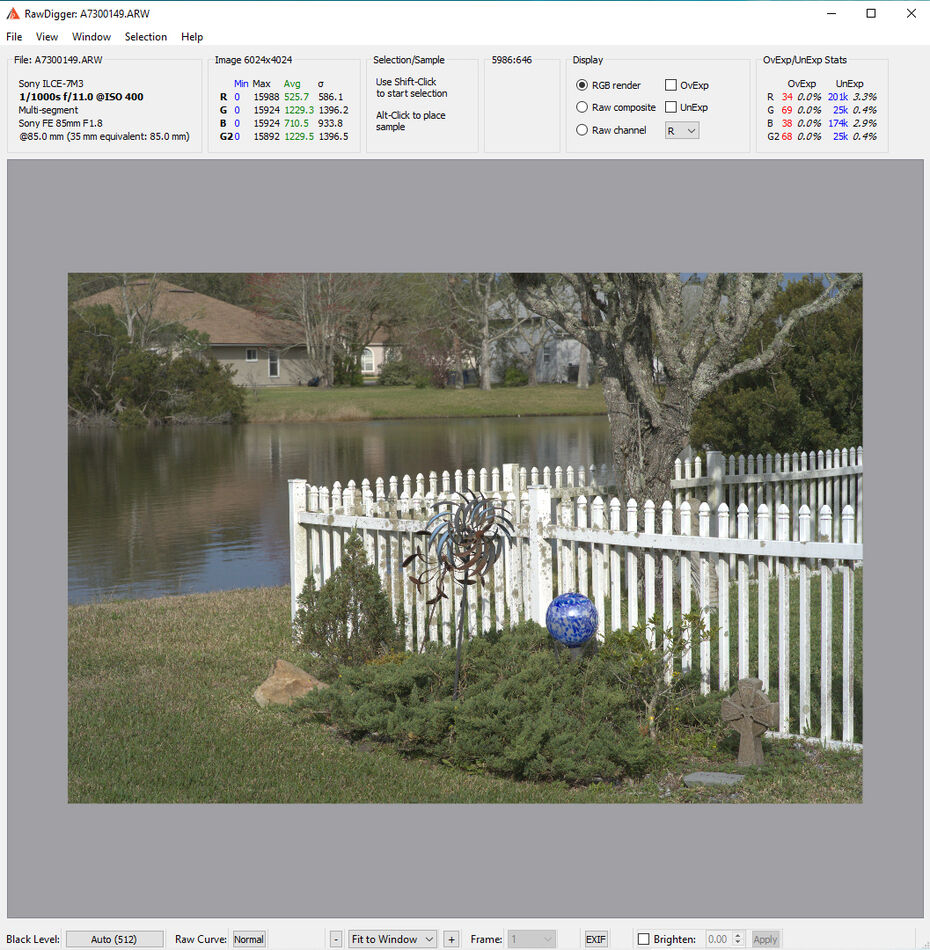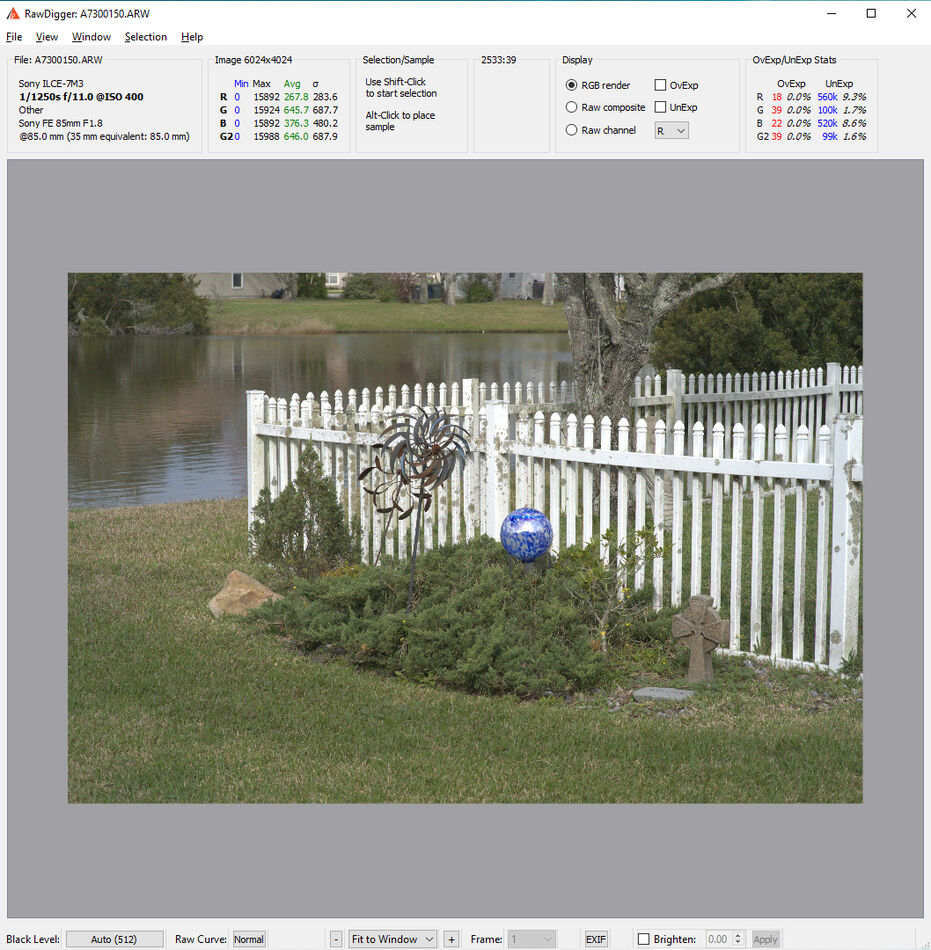Why Light Value 15 (LV)
Mar 7, 2024 12:18:47 #
There is an easy way to capture a highlights (white feathers, cloth, paint, etc., but not including light sources and specular highlights) in broad daylight without blowing the raw file and retain tonality and texture in the brightest highlights. Use full manual at LV 15.
LV 15 is 1/3 stop darker than Sunny 16 (LV 14.7) - 1/ISOs @ f/16 or equivalent. It's almost as easy to remember.
A way to get to LV 15 is to set the ISO to 400, the shutter to 1/500s and the aperture to 16. If you want a wider aperture, there are several simple equivalents: 1/1000s @ f/11, 1/2000s @ f/8, 1/4000 @ f/5.6, etc. You can use other combinations to get to the same LV.
If you run out of shutter speeds, just make the relationship between ISO and shutter speed one or more whole stops farther apart.
You might think that it would be easier to just use highlight weighted metering. It's easier but not better. The problem is that it would react to light sources and specular highlights and make the entire image darker than necessary.
In my next post you will see a simple example with a fairly extreme scenario.
LV 15 is 1/3 stop darker than Sunny 16 (LV 14.7) - 1/ISOs @ f/16 or equivalent. It's almost as easy to remember.
A way to get to LV 15 is to set the ISO to 400, the shutter to 1/500s and the aperture to 16. If you want a wider aperture, there are several simple equivalents: 1/1000s @ f/11, 1/2000s @ f/8, 1/4000 @ f/5.6, etc. You can use other combinations to get to the same LV.
If you run out of shutter speeds, just make the relationship between ISO and shutter speed one or more whole stops farther apart.
You might think that it would be easier to just use highlight weighted metering. It's easier but not better. The problem is that it would react to light sources and specular highlights and make the entire image darker than necessary.
In my next post you will see a simple example with a fairly extreme scenario.
Mar 7, 2024 12:21:11 #
selmslie wrote:
In my next post you will see a simple example with a fairly extreme scenario.
Below is a case that includes both very bright highlights and also some specular highlights that come from moisture on the egg or very shiny spots in the Styrofoam.
About 0.1% of the green channel is blown out because of the specular highlights. Sunny 16 would have been only 1/3 stop brighter and there might have been less texture and tonality.
Mar 7, 2024 13:09:13 #
Mar 7, 2024 13:40:26 #
BebuLamar wrote:
I set the camera for LV15 and guess what it's underexposed.
That's not likely unless you have an ND filter over the lens, the sun is not shining or your camera/lens is defective.
I had a Df that worked normally with my 50mm lens.
Try again with autoexposure at ISO 100 and f/8 and let us know what shutter speed you end up with.
Mar 7, 2024 13:44:42 #
Without trying let me make the guess first hat the shutter speed will be 1/60. Then I will take a picture.
Mar 7, 2024 13:58:36 #
When I took the first shot it was overcast and I estimated the exposure would be f/8, 1/60 ISO100 but now it's raining so at 1/60 it's kind of dark. The autoexposure chose 1/10 which makes it overexposed.
LV15 is for full sun and it's not always full sun. If it is it's would be easy.
LV15 is for full sun and it's not always full sun. If it is it's would be easy.
Mar 7, 2024 14:23:36 #
BebuLamar wrote:
When I took the first shot it was overcast and I estimated the exposure would be f/8, 1/60 ISO100 but now it's raining so at 1/60 it's kind of dark. The autoexposure chose 1/10 which makes it overexposed.
LV15 is for full sun and it's not always full sun. If it is it's would be easy.
LV15 is for full sun and it's not always full sun. If it is it's would be easy.
Yes, LV 15 only works "in broad daylight". For overcast scenes you need to open up one or more stops.
But the more overcast it gets the less likely it is that there will be bright highlights or even deep shadows. That only happens in full sun.
If it's not in full sun, use autoexposure with EC+0 and matrix metering.
LV=EV at ISO 100
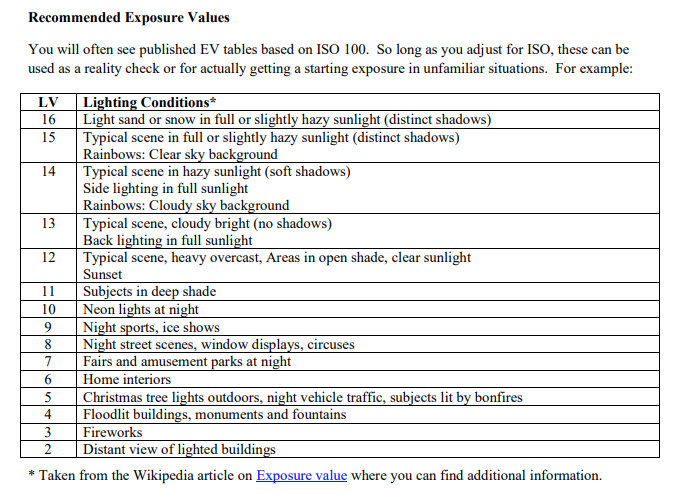
Mar 7, 2024 16:18:29 #
BebuLamar wrote:
When I took the first shot it was overcast and I estimated the exposure would be f/8, 1/60 ISO100 but now it's raining so at 1/60 it's kind of dark. The autoexposure chose 1/10 which makes it overexposed.
LV15 is for full sun and it's not always full sun. If it is it's would be easy.
LV15 is for full sun and it's not always full sun. If it is it's would be easy.
It'll look like paradise in another month or so




Mar 7, 2024 17:08:17 #
selmslie wrote:
Yes, LV 15 only works "in broad daylight". For overcast scenes you need to open up one or more stops.
But the more overcast it gets the less likely it is that there will be bright highlights or even deep shadows. That only happens in full sun.
If it's not in full sun, use autoexposure with EC+0 and matrix metering.
But the more overcast it gets the less likely it is that there will be bright highlights or even deep shadows. That only happens in full sun.
If it's not in full sun, use autoexposure with EC+0 and matrix metering.
That is why I estimate that it's LV12 and the shutter speed should be 1/60. I took the raw file of the first picture, move the exposure slider to +3 to make it as if I shot at 1/60 instead of 1/500. It looks OK. I would prefer a bit brighter but that's OK for shooting with no meter.
Mar 7, 2024 17:16:30 #
BebuLamar wrote:
That is why I estimate that it's LV12 and the shutter speed should be 1/60. I took the raw file of the first picture, move the exposure slider to +3 to make it as if I shot at 1/60 instead of 1/500. It looks OK. I would prefer a bit brighter but that's OK for shooting with no meter.
As I stated at the outset, "There is an easy way to capture highlights ... in broad daylight without blowing the raw file..."
In other words, it's how you can avoid blown highlights under direct sunlight. You can't post process over that mistake.
Many of the white birds posted on this site have this defect because the photographer is not aware that LV 15 is the best insurance against that error.
Of course, if you underexpose slightly, it's very easy to overcome that without damaging the picture.
Mar 7, 2024 17:50:42 #
selmslie wrote:
As I stated at the outset, "There is an easy way to capture highlights ... in broad daylight without blowing the raw file..."
Here is another example taken at about 5:30. The sun is closer than 30° above the horizon but it is shining directly on the white garage door and the white trim. The dark parts of the image would be easy to lighten.
The only blown pixels are the reflections from the spotlights above the garage door and the two badges on the rear window of the truck. All of the other white surfaces contain texture and tonality.
Mar 8, 2024 09:47:54 #
selmslie wrote:
You might think that it would be easier to just use highlight weighted metering (HWM). It's easier but not better. The problem is that it would react to light sources and specular highlights and make the entire image darker than necessary.
It depends on the number and brightness of the specular highlights.
In the example below, there is only one specular highlight, on the glass ball. HWM only reduced the exposure 1/3 stop from LV 15 to LV 15.3 The result was a slight reduction in overexposed pixels but a large increase in underexposed (UnExp) pixels. Pixels with raw values below about 64(?) are UnExp. This might matter if you are using a much higher ISO but not in this case.
Mar 8, 2024 14:54:50 #
Leinik
Loc: Rochester NY
??? Remind me what is the point of all this when all it takes is under-exposing in manual mode or using exposure compensation in automatic modes??
Mar 8, 2024 15:08:10 #
a6k
Loc: Detroit & Sanibel
Since sometimes the bird is in shade or on a cloudy day, another way - if using raw - is to meter the bright white and open by 3 stops. For JPG, 2.5 is safer.
Both RawDigger and FastRawViewer show that the metered exposure will be 3.33 stops below saturation. Of course, equipment varies. This is true for my Sony 𝜶6500.
Even if the green channels are blown, the red and blue may not be. In these two screenshots from RawDigger the OE indicator is turned on. One shot shows some blown part, the other doesn't. The camera in this case was a 𝜶6700 that I rented. The birds were at Ding Darling refuge. I had not yet calibrated the rental.
On the shot that has no overexposure, the maximum value is in the green channels and is about 1/3 or 1/2 stop below maximum (2^14=16384)
I also attached a screenshot from FastRawViewer of the one with blown highlights.
When the sunlight is "broad daylight" and the birds are not in shadow then EV15 on Manual is the way to go for very dependable results.
Both RawDigger and FastRawViewer show that the metered exposure will be 3.33 stops below saturation. Of course, equipment varies. This is true for my Sony 𝜶6500.
Even if the green channels are blown, the red and blue may not be. In these two screenshots from RawDigger the OE indicator is turned on. One shot shows some blown part, the other doesn't. The camera in this case was a 𝜶6700 that I rented. The birds were at Ding Darling refuge. I had not yet calibrated the rental.
On the shot that has no overexposure, the maximum value is in the green channels and is about 1/3 or 1/2 stop below maximum (2^14=16384)
I also attached a screenshot from FastRawViewer of the one with blown highlights.
When the sunlight is "broad daylight" and the birds are not in shadow then EV15 on Manual is the way to go for very dependable results.
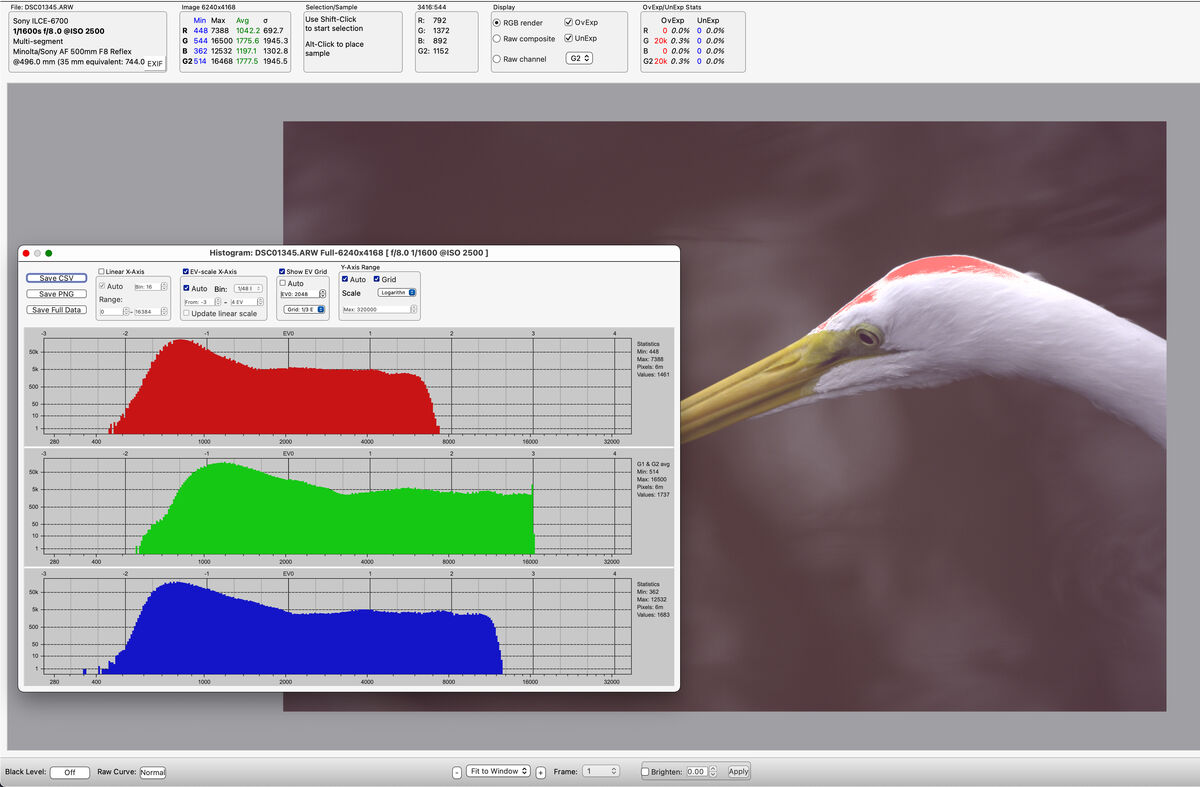
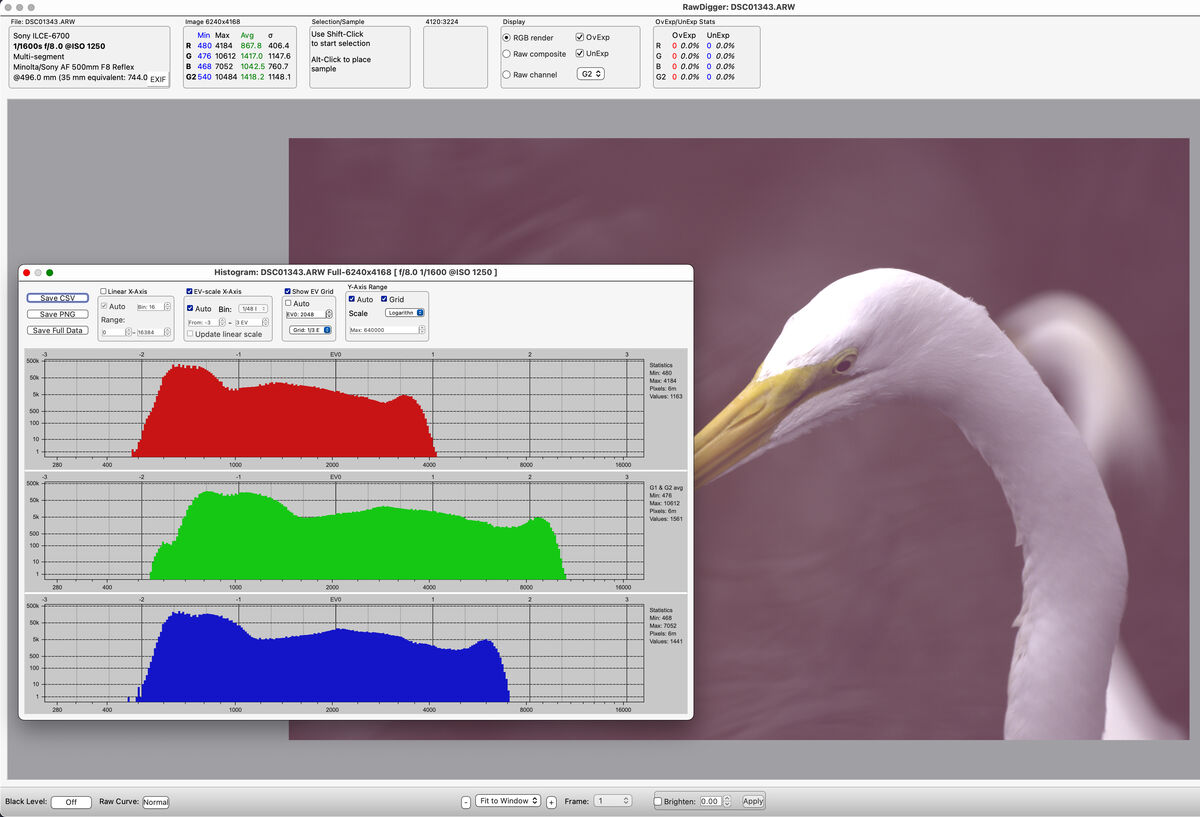
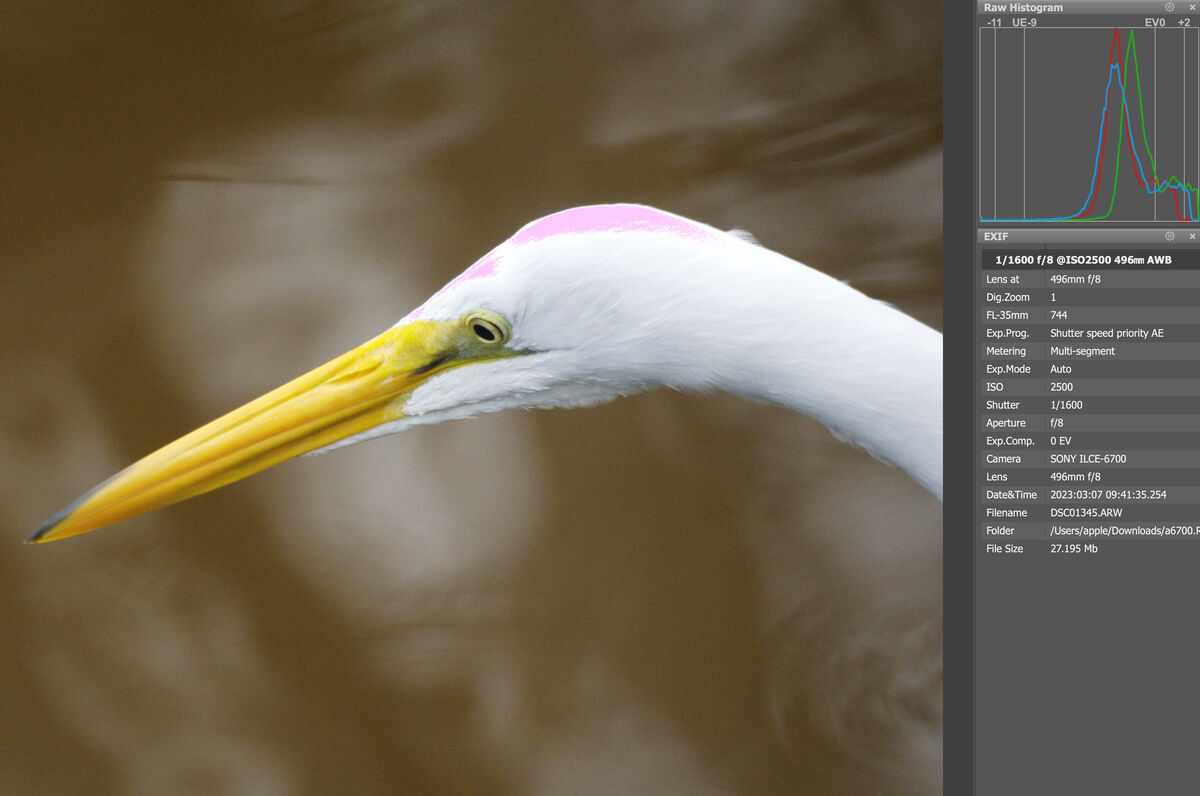
Mar 8, 2024 15:20:06 #
Leinik wrote:
??? Remind me what is the point of all this when all it takes is under-exposing in manual mode or using exposure compensation in automatic modes??
Underexposing might protect your highlights but at the expense of shadow information.
When you Expose To The Right (ETTR) you get as much exposure as possible without blowing the raw highlights. But you may not want to include all of the brightest highlights like light sources and their reflections, only the ones where you want to show detail and texture like white feathers, white cloth, snow, etc.
If you only keep the camera's JPEG you won't see the point of ETTR. A careful ETTR capture will often result in an unadjusted JPEG that is either too dark or too light. That's why many people disregard the camera's JPEG and create their own image from the raw data.
The point of LV 15 is that it covers the most common and extreme natural situation, direct sunlight on white feathers.
If you want to reply, then register here. Registration is free and your account is created instantly, so you can post right away.

